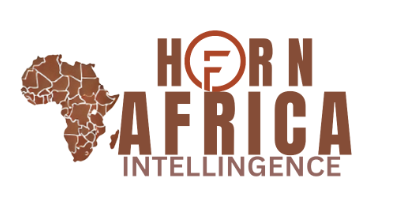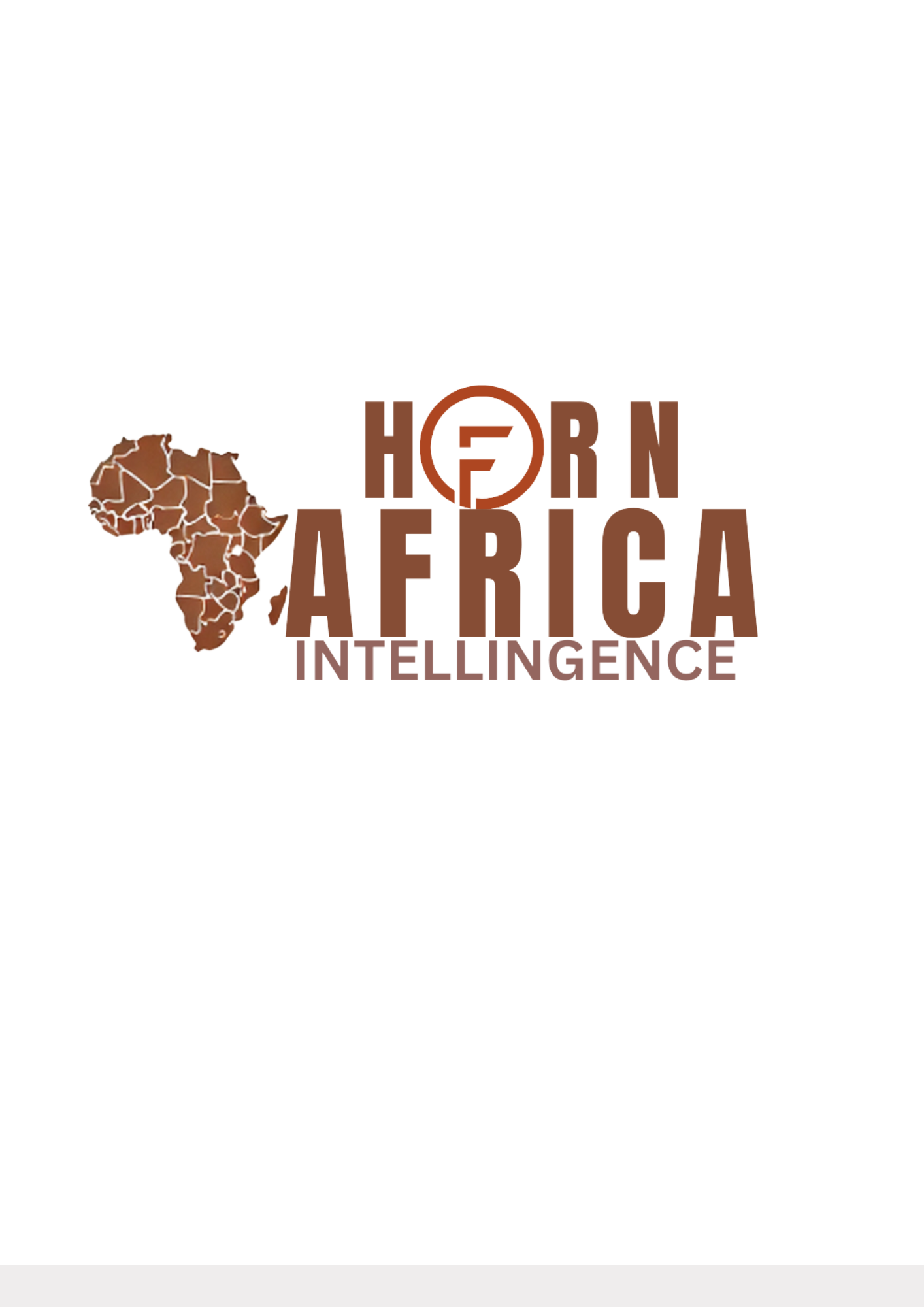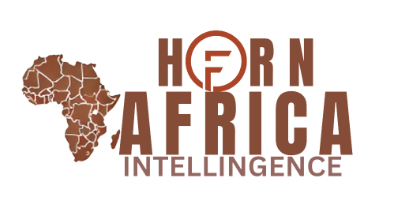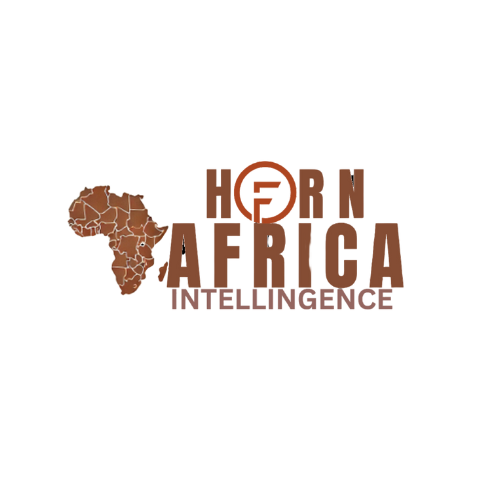The capture of North Kivu’s provincial capital, Goma, by the M23 armed group last month has brought renewed international attention to the ongoing crisis in eastern Democratic Republic of the Congo (DRC). However, many reports on the conflict use a misleading narrative, suggesting that it is solely driven by a desire to exploit the region’s vast mineral wealth.
This framing oversimplifies a complex situation. While eastern DRC is rich in minerals like gold, tin, and coltan, the M23 rebellion is not just about resources. The group has political and security grievances that go beyond mineral wealth. Historical tensions, ethnic conflicts, and regional politics all play a role in fuelling the violence.
M23, also known as the March 23 Movement, emerged in 2012 from former members of a previous rebel group. They accused the Congolese government of failing to uphold peace agreements. The group was defeated in 2013, but it has resurfaced in recent years, escalating attacks and capturing key areas in North Kivu.
Regional dynamics also contribute to the conflict. Rwanda and Uganda have been accused of supporting M23, while the Congolese government has struggled to maintain security. The involvement of multiple armed groups in eastern DRC makes it difficult to reduce violence.
Ethnic tensions also play a critical role. The region is home to many ethnic groups, and disputes over land and political representation have long been a source of conflict. M23 is largely composed of Tutsi fighters, a factor that has led to allegations of Rwandan involvement. Rwanda, which has a Tutsi-led government, has been accused of backing M23 in order to protect ethnic Tutsis in eastern Congo. However, Rwanda denies these allegations.
Furthermore, weak governance in DRC has allowed armed groups to thrive. The Congolese army is often underfunded and poorly trained, making it difficult to maintain control over the region. Corruption and political instability in Kinshasa have also prevented effective responses to the crisis.
The humanitarian impact of the conflict has been devastating. Thousands of people have been killed, and more than a million have been displaced. Many civilians are living in refugee camps or makeshift shelters, facing food shortages and lack of medical care. Human rights organisations have documented widespread abuses, including mass killings, sexual violence, and forced recruitment of child soldiers.
International efforts to address the crisis have been inconsistent. The United Nations peacekeeping mission in DRC, MONUSCO, has struggled to contain the violence. Despite having thousands of troops in the region, MONUSCO has been criticised for failing to protect civilians and prevent M23 advances. Efforts at diplomatic mediation have also faced challenges, with regional and international actors struggling to find a lasting solution.
It is important to recognise that while mineral wealth is a factor in the conflict, it is not the primary cause. Framing the war as a simple resource grab ignores the deep-rooted historical, political, and ethnic factors at play. The international community must look beyond the mineral narrative and address the broader structural issues fuelling the violence.
A lasting solution to the crisis will require a multi-faceted approach. Strengthening governance in DRC, addressing ethnic tensions, and improving security forces will be key steps. Regional diplomacy will also be crucial in preventing further escalation and ensuring that neighbouring countries do not support armed groups.
For now, the crisis in eastern DRC remains unresolved, with thousands of civilians displaced and regional tensions rising. Addressing the root causes—not just the minerals—will be key to achieving peace. A deeper understanding of the conflict and a commitment to comprehensive solutions are necessary to end the cycle of violence that has plagued eastern DRC for decades.













